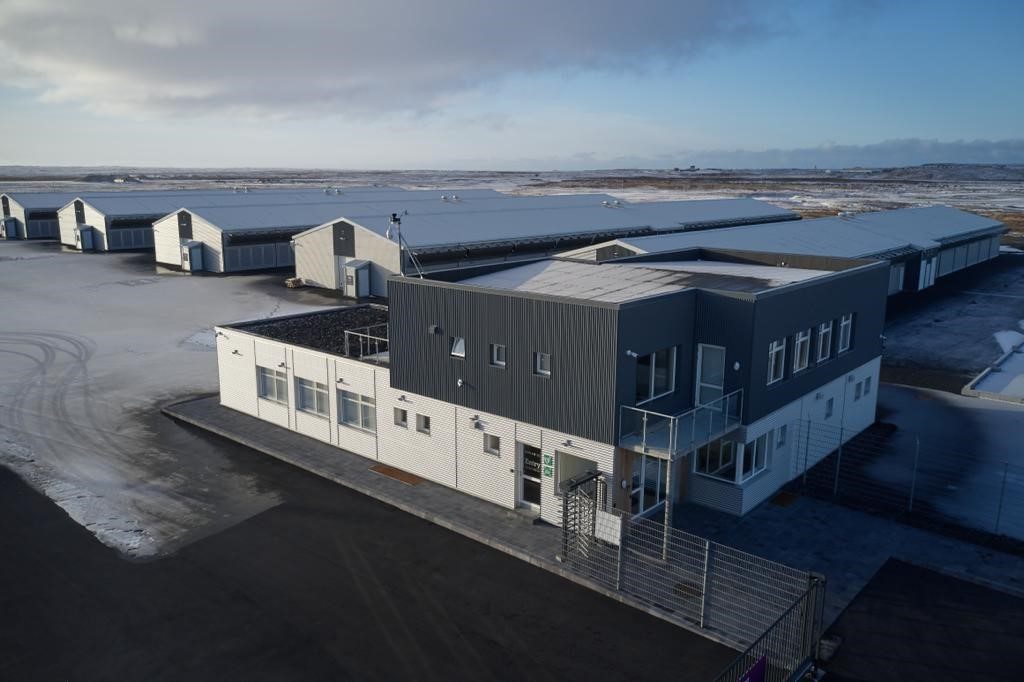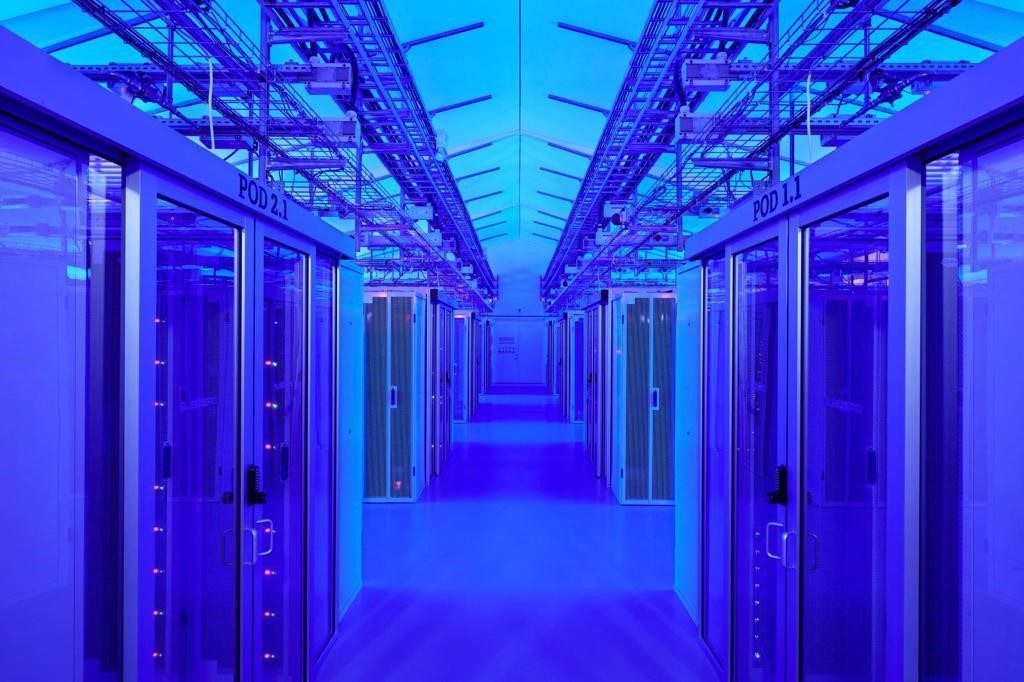In an interview with Future Banking TV, BNP Paribas experts explain why CIB is locating a third of its Grid Computing Datacenters capacity in Iceland.
In 2021, the UN-convened COP26 climate change conference in Glasgow saw record participation from the private sector, underlining the important role of corporates and financial institutions in accelerating the pathway to net-zero.
While many financial institutions are looking at the role they play in channeling capital towards much needed low-carbon transformations, many are also focused on accelerating sustainability within their own operations. This includes taking innovative approaches to functions such as IT, which can have a significant environmental impact. In 2019, the digital sector produced about 4% of global greenhouse gas emissions, surpassing even civil aviation and likely to double by 2025.
Reducing the digital footprint
Over the past decade, BNP Paribas has undertaken an ambitious digital transformation plan, using artificial intelligence, big data and automation to improve customer service, innovate products and services, and increase operational efficiency.
In line with its commitment to sustainability, the Bank recognises the need to mitigate the environmental impacts of digitalisation by adopting a range of ‘Green IT’ solutions, including its data centers.
Constance Chalchat, Head of Company Engagement for CIB and Chief Sustainability Officer for Global Markets, explains: “As we are supporting our clients in their transition, it is crucial for us to walk the talk by adopting the best practices when it comes to reducing the digital footprint of our IT and operations.”
Data centers: challenge and opportunity
While data centers are vital for banks, they are highly energy intensive. Large amounts of energy are needed to power IT equipment, as well as maintaining the same IT equipment at a constant temperature. They represent both a challenge and an opportunity for sustainability, particularly in terms of harnessing renewable energy.
In 2018, BNP Paribas initiated a program to refresh and expand its High Performance Computing (HPC) server farm – a vital hub for applications used to calculate the positions and associated risks in the financial markets – to a new site that would represent nearly 30% of total capacity.
Ricardo Jantarada, Global Head of Telecom and Data Centers, BNP Paribas CIB explains: “Those applications, which represent about half of our estate, are built in a way that makes them very permissive in terms of number of sites, locations and even distance to our traditional datacenters. Therefore, they represent a great field for us to innovate and make our operations as energy-efficient and sustainable as possible.”
As part of the refresh, one solution was found with server technology company 2CRSi enabling BNP Paribas to recycle the heat produced by the processor cores in French-based servers to keep the building warm. However, the Bank also looked at how to reduce its footprints by using solutions further from home – by relocating a number of its data centers to Iceland.




Why Iceland?
Iceland is a prime location for sustainable data centers for two reasons: natural energy efficiency and its strong reliance on renewable energy.
Iceland’s temperature averages at 5.1° C, with minimal fluctuations throughout the year. This makes cooling activities highly energy and cost efficient, by simply using the external air to maintain the IT equipment at constant temperature, without any Air Conditioning systems.
Moreover, Iceland’s electric energy comes from 100% renewable sources, with 73% stemming from hydropower and 27% from geothermal sources. As such, Iceland’s data centers are completely carbon-free.
An upward trend
Iceland’s data center industry has expanded rapidly over the past few years, and is set to keep growing, led by demand from international clients. The sector also has significant support from Iceland’s government, given its contribution to the country’s gross domestic product.
Gisli Kr, Chief Commercial Officer at AtNorth, an operator of data centers in Iceland, explains that in addition to its sustainability credentials, there are a number of other important factors powering the growth and scalability of the sector. Therese include its geographical proximity with Europe, its large unpopulated countryside, and its highly educated population.
Þórdís Kolbrú, Iceland’s Minister of Tourism, Industry and Innovation, considers it a win-win situation: “Iceland is a leader in green energy. One hundred percent of our electricity is renewable, the cold climate is a competitive advantage, and our electricity prices are competitive. Then you add in the new data connection directly from Iceland to Ireland. We have renewable resources that we can utilise, but we also have all kinds of experience and knowledge we can export. Human capital is a resource we can build on and that is an opportunity for us as the world goes green.”

